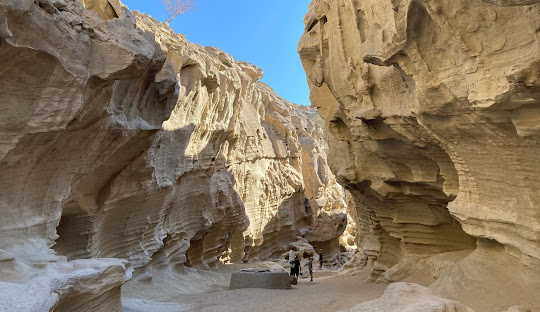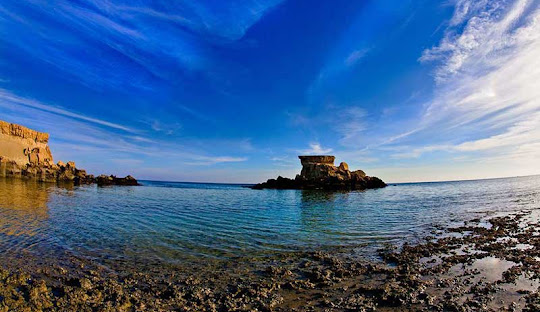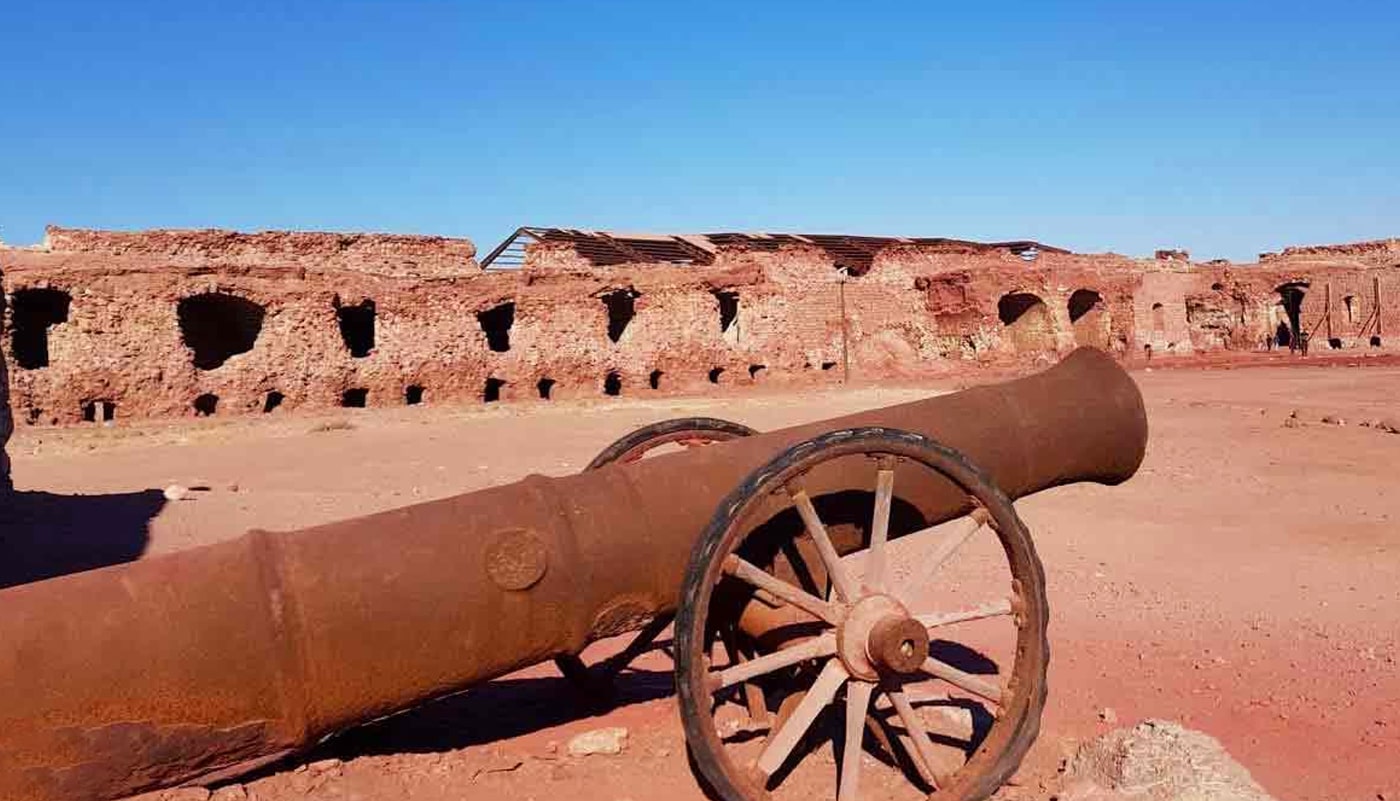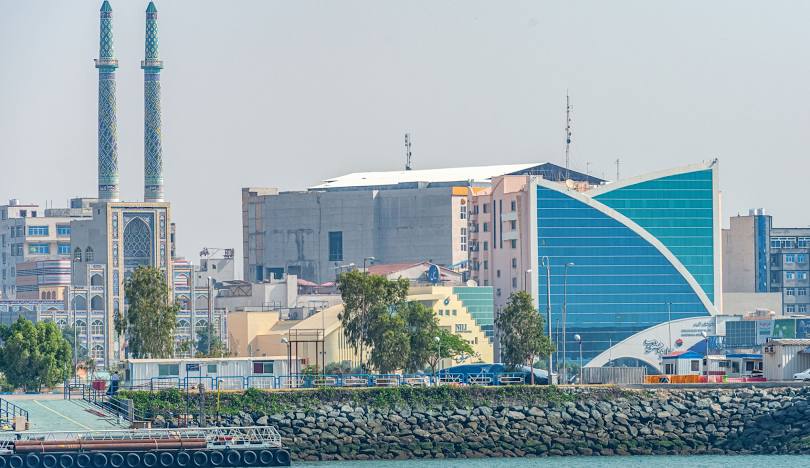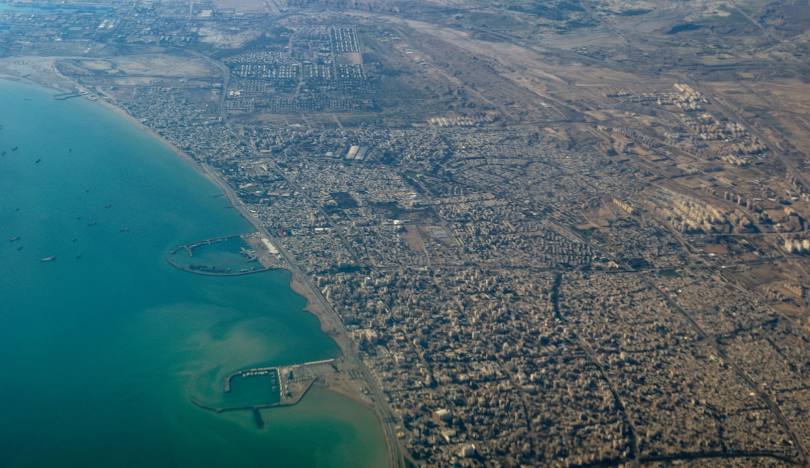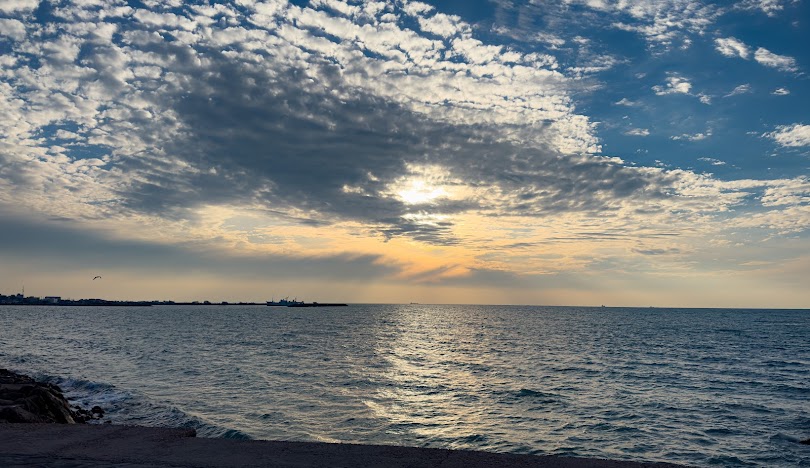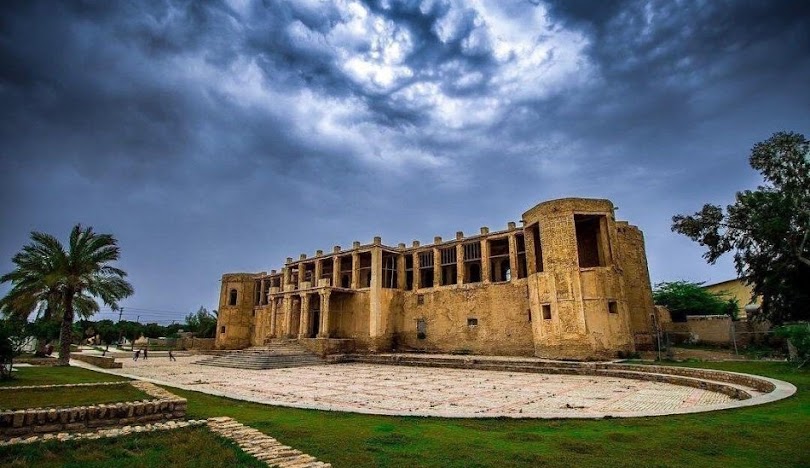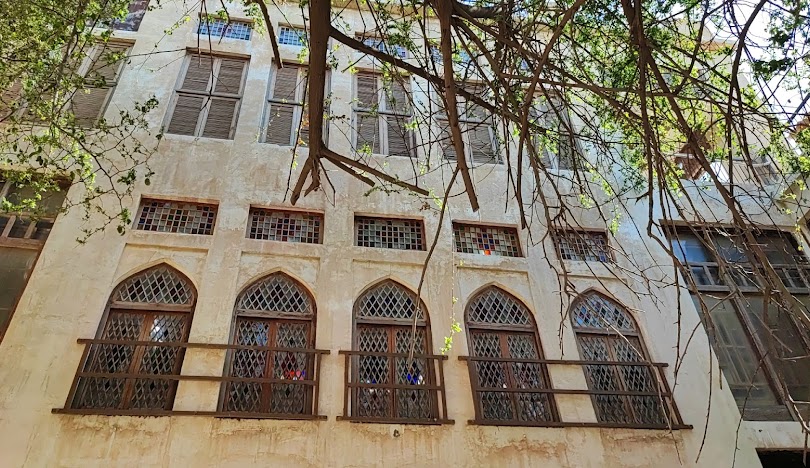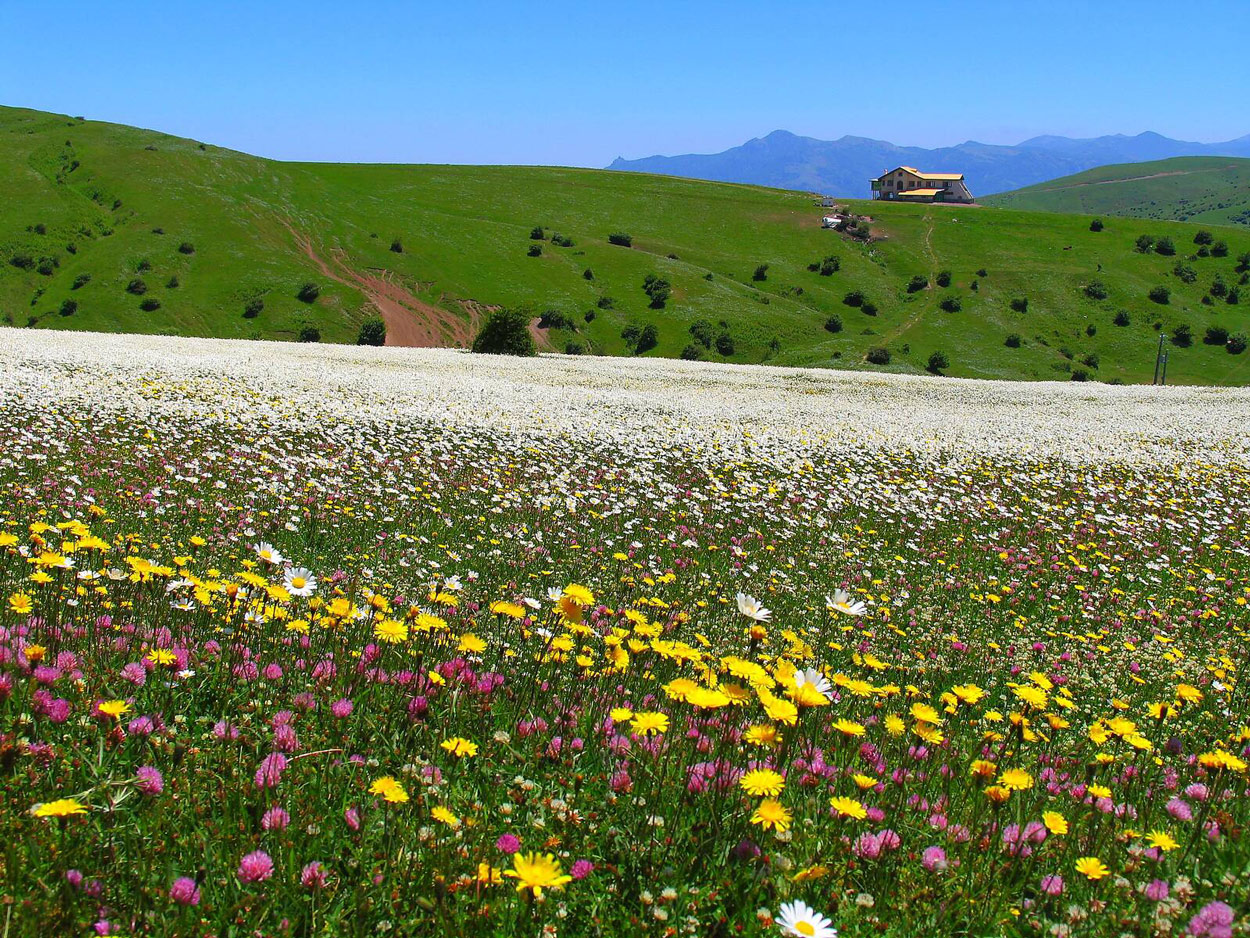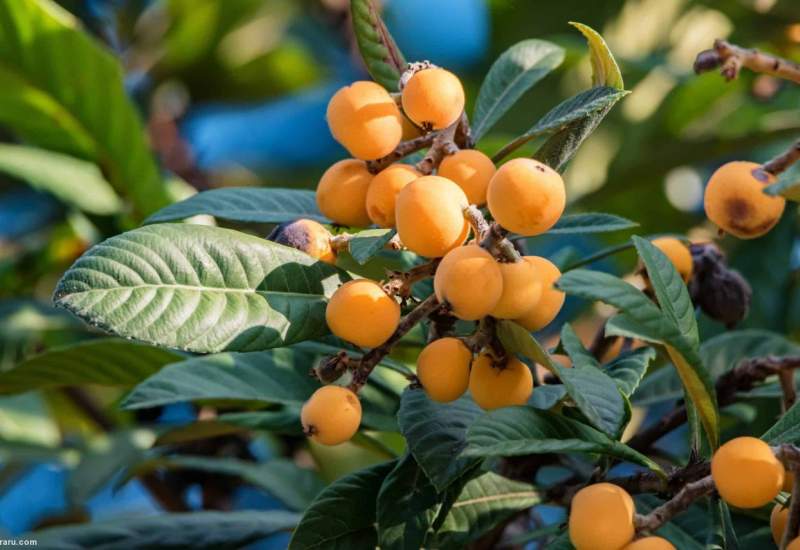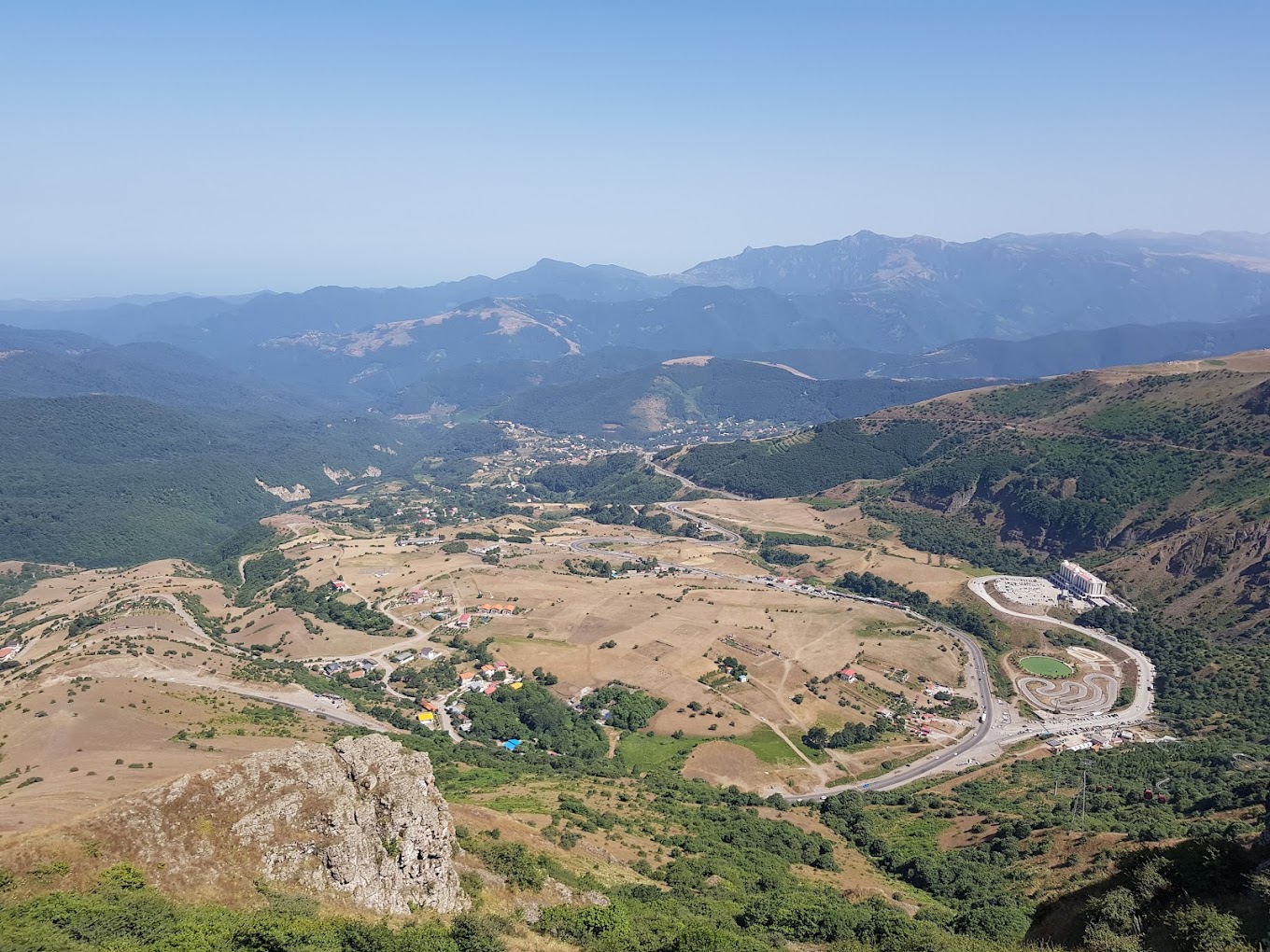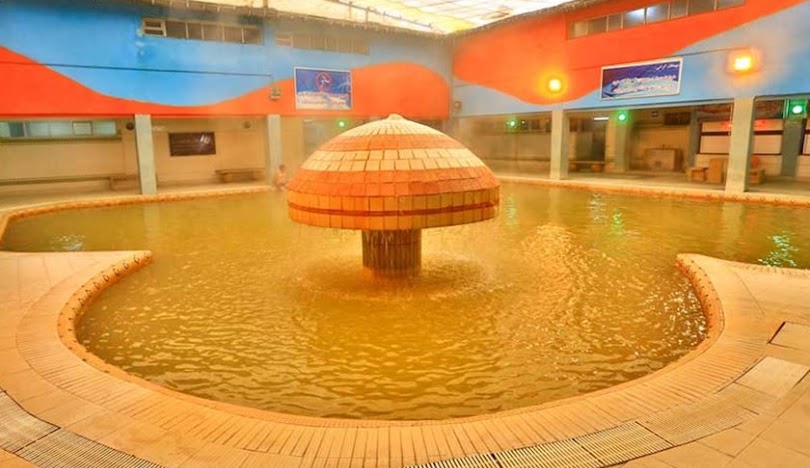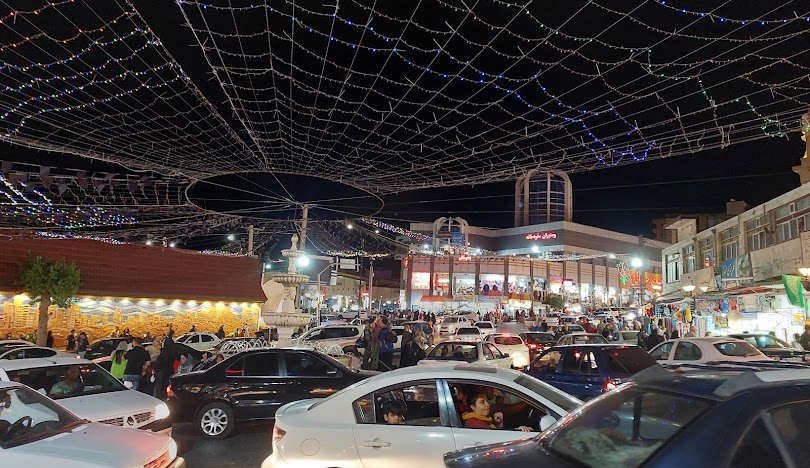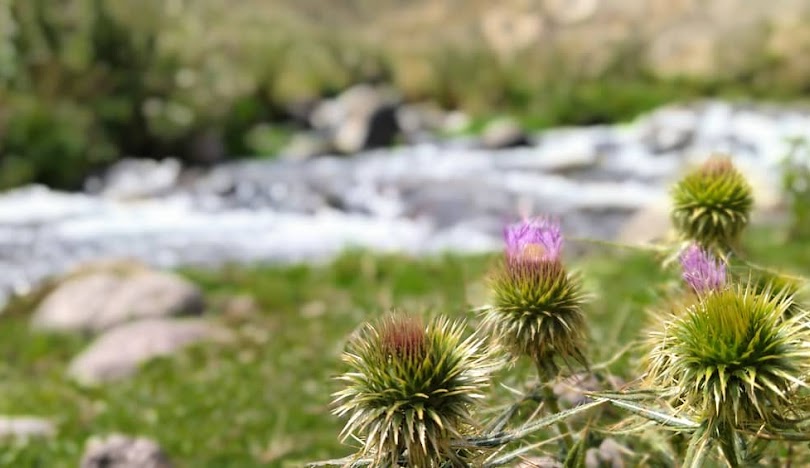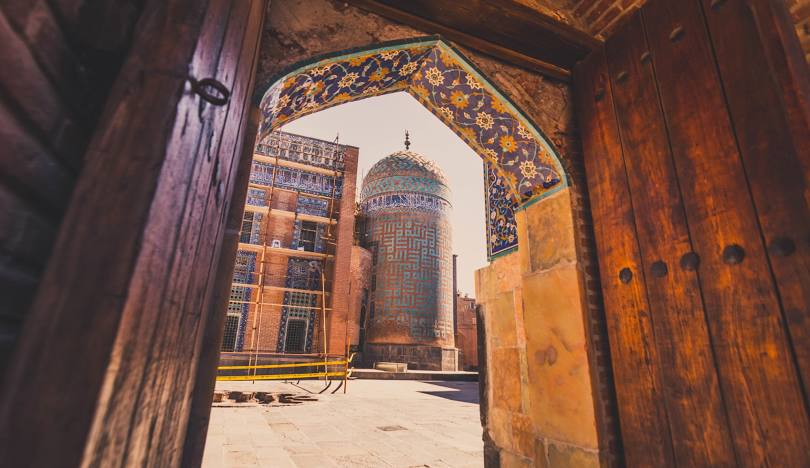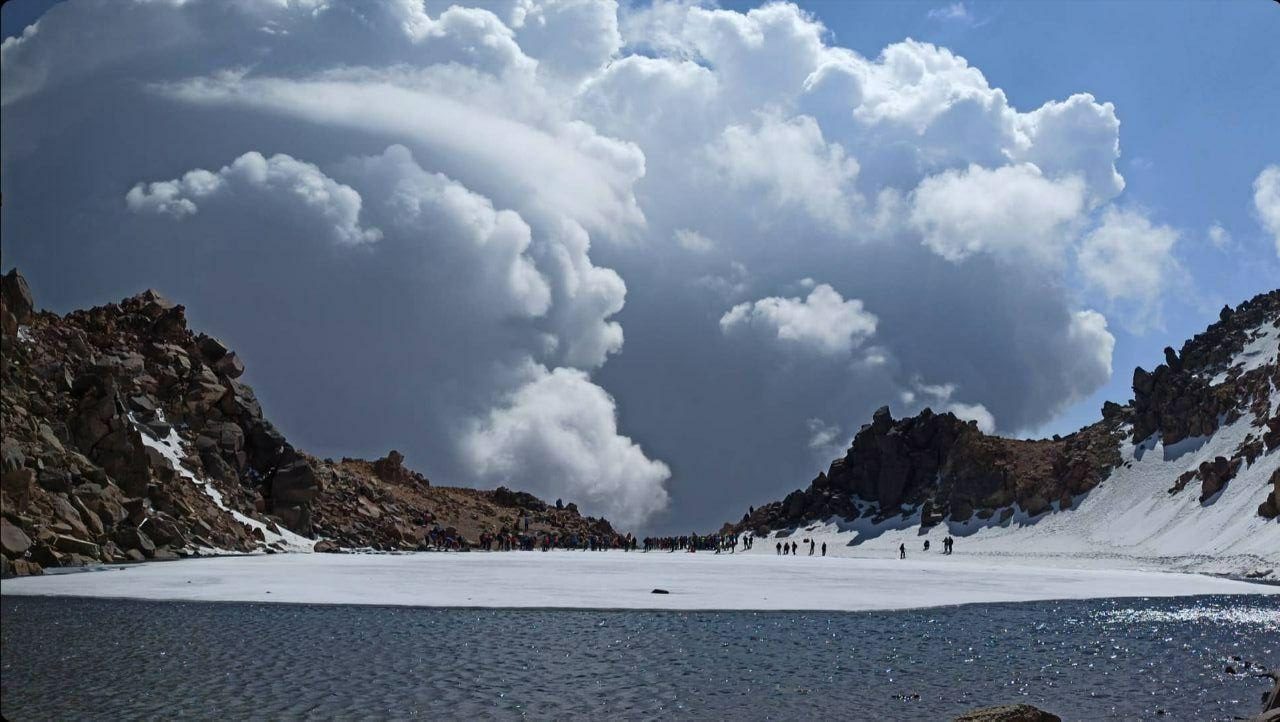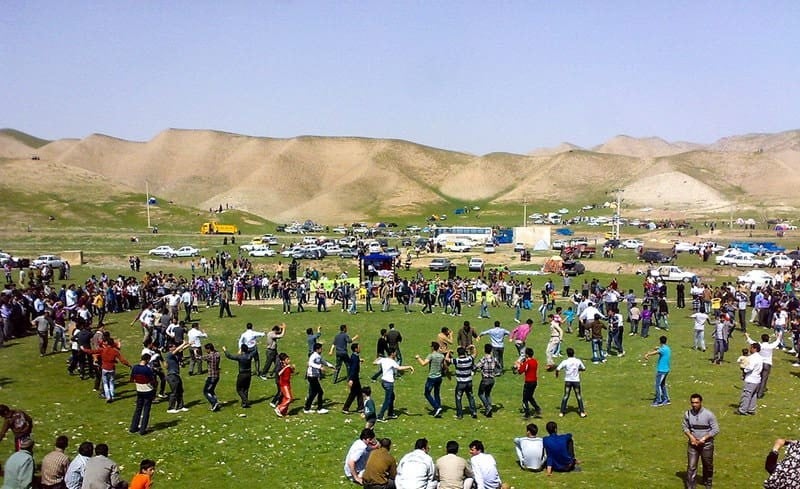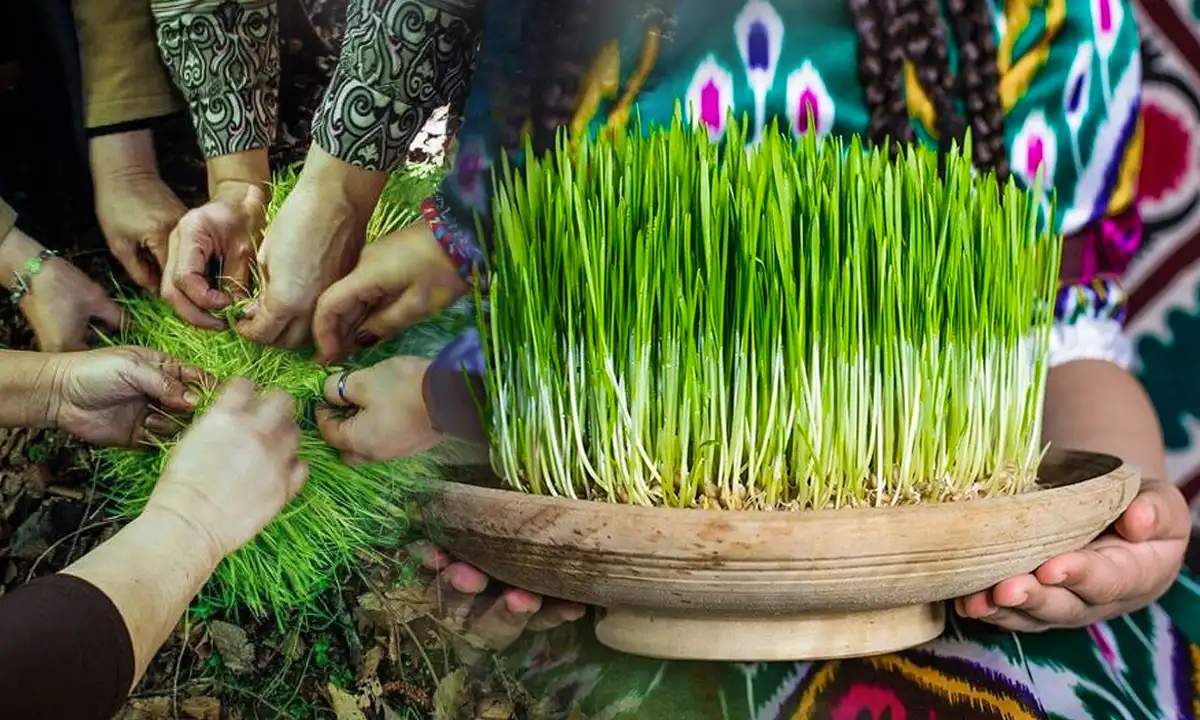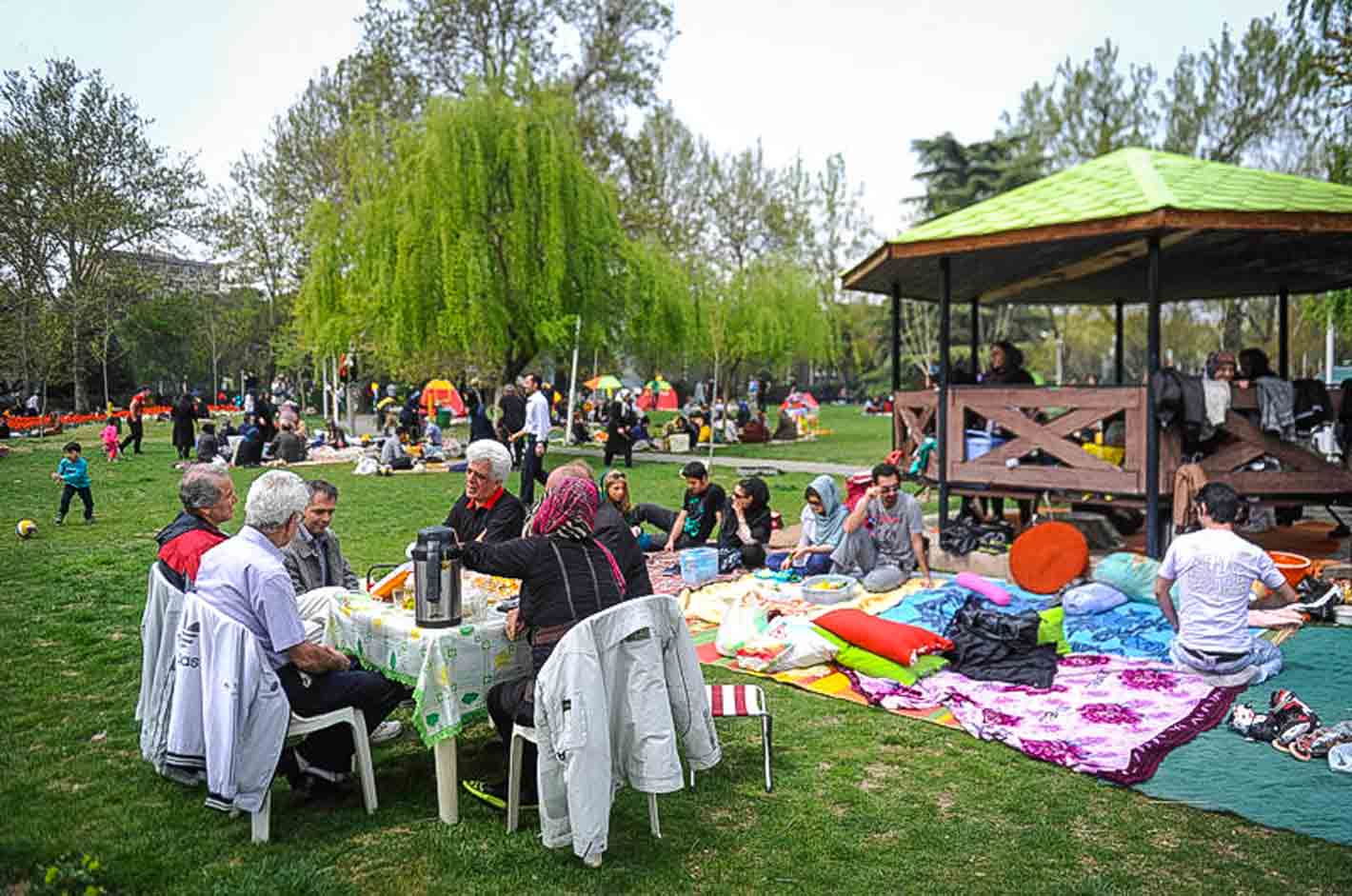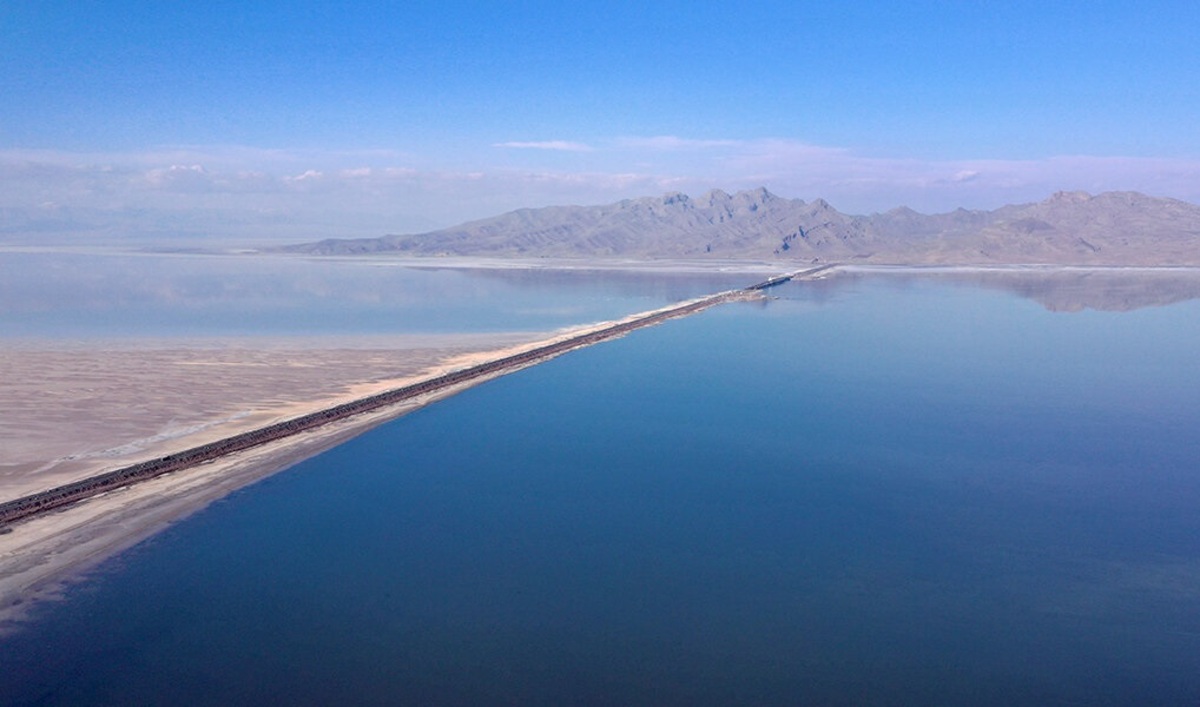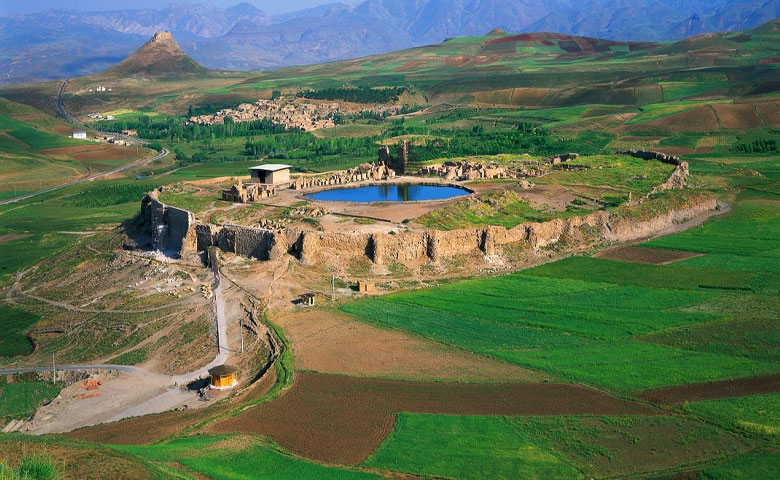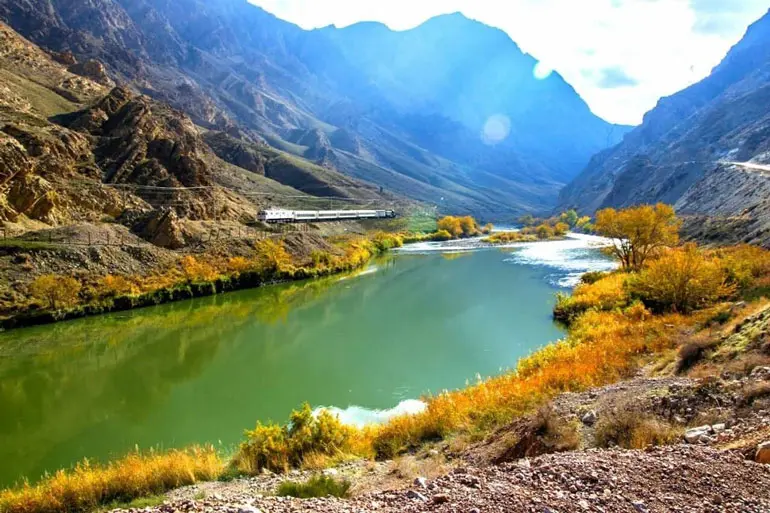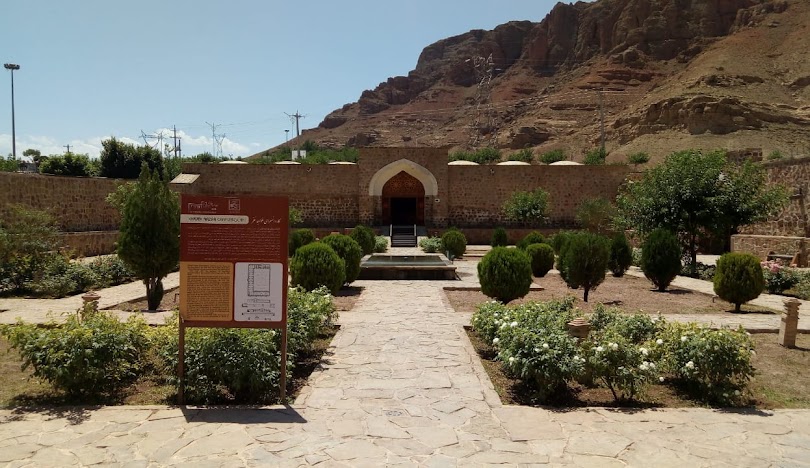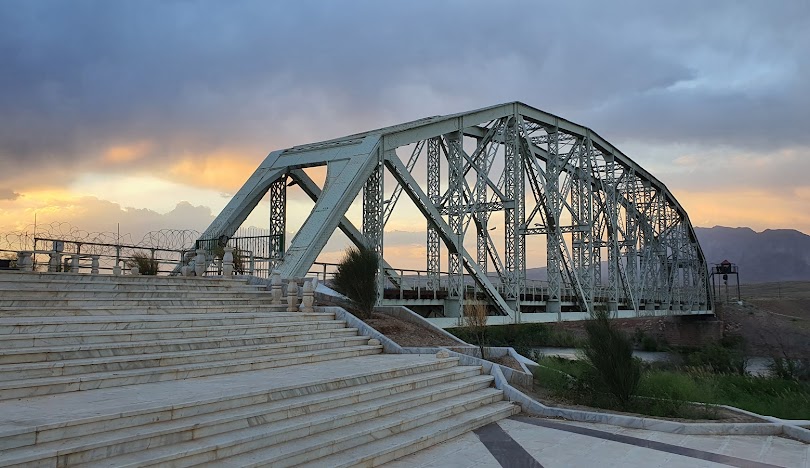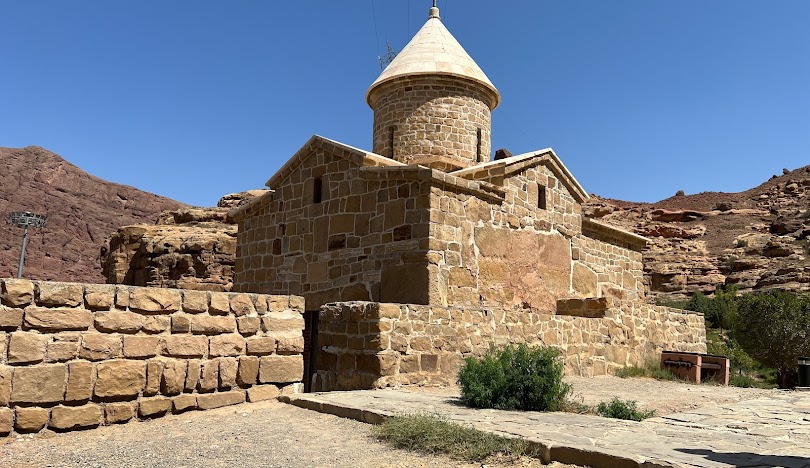Hormuz Island: A Jewel of Qeshm County in Hormozgan Province
Hormuz Island is part of Qeshm County in Hormozgan Province, and most tourists visiting Qeshm include a trip to Hormuz as part of their itinerary. In this article, we will explore Hormuz Island and its attractions:
Geographical and Geological Features
Hormuz Island lies east of Qeshm Island and south of Bandar Abbas. Geologically, it is a salt dome, where you can see crystal salt and volcanic deposits resulting from geological activities. Hormuz Island is often called a geologist’s paradise due to its diverse soil types and colors, products of various geological events.
Additionally, Hormuz Island holds a unique and strategic position in the Persian Gulf, making it significant both commercially and strategically. This importance attracted Portuguese and later British colonizers to the island.
The primary occupation of Hormuz’s inhabitants is fishing. However, with the increase in tourism, more locals are engaging in the tourism industry, providing eco-lodging, ground and sea transportation, and local cuisine to tourists.
History of Hormuz
Initially, Hormuz was a port at the mouth of the Minab River into the Persian Gulf. Following the Mongol invasion, Hormuz’s residents migrated to the current island, gradually building and developing it. The Portuguese occupied Hormuz later, and they, the first European colonizers, controlled it for nearly a century. During the Safavid era, Shah Abbas ordered Imam Qoli Khan to reclaim southern Iran from the Portuguese. After Imam Qoli Khan’s victory, Gombroon Port was renamed Bandar Abbas.
Why Visit Hormuz Island?
Unique Experience: A unique experience in a joyful yet relaxing environment.
Natural Beauty: Opportunity to see some of the most beautiful and magnificent natural scenes in Iran.
Attractions: Visiting the Meditation Cave and the Salt Goddess Mountain.
Red Beach: Walking along the Red Beach and watching the red waves.
Golden Stream: Leisurely time beside the Golden Stream and its crystalline surroundings.
Colored Soil Beach: Viewing the unique colors of the soil on the beach.
Statue Valley: Exploring the Valley of Statues and its incredible natural sculptures.
Handicrafts: Purchasing beautiful handicrafts, including embroidered fabrics, women’s masks, and shell jewelry.
Local Culture: Engaging with the warm and friendly locals of Hormuz Island.
Local Cuisine: Tasting the delicious local and seafood dishes.
Cultural Insight: Learning about the rich culture of southern Iran’s inhabitants.
Water Activities: Swimming, diving, and boating in the blue waters of the Persian Gulf.
Wildlife: Discovering unique wildlife, such as bottlenose dolphins, Persian gazelles, hawksbill turtles, and various migratory and seabirds.
Natural and Tourist Highlights of Hormuz Island
Upon arrival, tourists will be amazed by the island’s unique and colorful soil. The yellow, red, turquoise, and orange earth creates an unforgettable scene. This beauty is enhanced by the clear turquoise sea.
Watching dolphins jump alongside boats is another memorable experience. Diving with large turtles is one of the most fascinating parts of this trip. In the clear waters of the Persian Gulf, you can see rare and exotic fish.
Exploring an island with millions of years of sedimentary history is an unparalleled feeling. Camping on a silver sandy beach, watching waves filled with phytoplankton glow, and gazing at the moonlight and starry sky create a serene and unique experience.
The colossal statues and magnificent corridors of the Valley of Statues further add to this beautiful imagery. Meeting cheerful locals and listening to their traditional music rejuvenates the spirit.
Red Beach
Red Beach, also known as Clay Beach, is famous for its red soil due to its mineral and iron oxide content. Locals use this soil to make a condiment called “Suragh” for their traditional dishes. The beach is a fascinating sight, with red soil and red-tinted waves where the sea meets the shore.
Salt Goddess
A significant part of Hormuz Island comprises its salt dome, containing various types of crystal and edible salt. The area known as the Salt Goddess is where you can see a mountain range made of salt crystals, with walls of salt crystal flanking the path.
Valley of Statues
Located at the southernmost point of Hormuz Island, the Valley of Statues features rocks and cliffs shaped into astonishing forms by chemical reactions and erosion. At the end of this valley, you reach a high point overlooking the Persian Gulf, offering a panoramic view of the sea.
Rainbow Valley
Hormuz Island’s soils exhibit various colors due to chemical reactions. In the Rainbow Valley, you can see a diverse array of soils forming the mountains through sedimentary processes. Lime creates white, copper green, iron red, and other elements combine to produce different colors.
Mangrove Forests
Hormuz Island, like Qeshm, has a mangrove forest in its northeast region, though on a smaller scale.
Jerry Pollock’s Historic House
Jerry Pollock, an artist and painter from the Czech Republic, built this house during the Pahlavi era. It is now a bicycle rental spot for tourists.
Portuguese Castle of Hormuz
The Portuguese ruled Hormuz Island for nearly a century and built an extensive castle using coral stones, camouflaging it with green stones to blend with the surrounding sea. The castle included a church, barracks, and command post. After the Portuguese left, locals converted the church into a cistern to store water. The design and material of the cistern keep the water clean and fresh for a long time. Over the years, sea sediments have buried parts of the castle, such as the barracks, under the sand.
Dr. Ahmad Nadalian Museum
Ahmad Nadalian, an environmental artist, established this educational and artistic center showcasing and teaching southern Iran’s traditional arts.
How to Reach Hormuz Island?
The simplest way to reach Hormuz Island is by air. Booking flights online to Bandar Abbas or Qeshm has made travel easier. Alternatively, you can travel to Bandar Abbas by train, bus, or car. Hormuz is 8 km from Bandar Abbas, and from there, you can take a boat from Haqani Pier to the island. After reaching Qeshm, you can also take a 50-minute boat ride to Hormuz.

